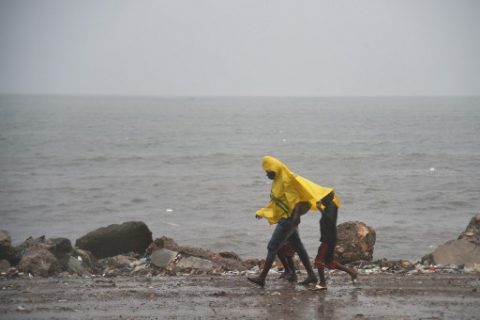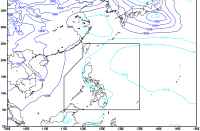
/ AFP / Hector Retamal/
The fierce storm was zeroing in on Florida, churning some 245 miles (395 kilometers) away from Miami and packing still powerful maximum sustained winds of 155 miles per hour.
“Some fluctuations in intensity are likely during the next day or two, but Irma is expected to remain a powerful hurricane as it approaches Florida,” the NHC said in its latest public advisory.
Irma is expected to strike the Florida Keys late Saturday and Sunday before moving inland, and many residents have joined a mass exodus amid increasingly dire alerts to leave.
In Cuba, government officials reported “significant damage” in parts of the island’s center without providing further details, but said there were not yet confirmed casualties.
More than a million people on the Caribbean’s largest island have been evacuated as a precaution, authorities said.
Another Category 4 hurricane, Jose, was also swirling in the Atlantic with maximum sustained winds of 150 miles per hour and heading toward the same string of Caribbean islands Irma had pummeled in the days before.
And after striking the eastern coast of Mexico late Friday as a Category 1 hurricane, Katia was downgraded to a tropical storm and “beginning to stall” near the Sierra Madre mountains — though heavy rainfall would still “likely cause life-threatening flash floods and mudslides, especially in areas of mountainous terrain,” the NHC said.







